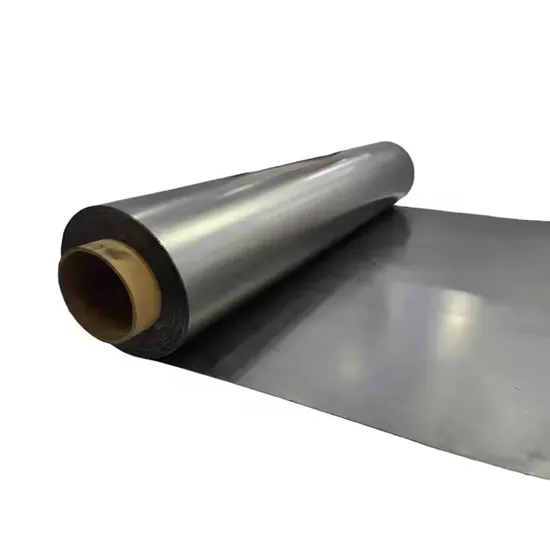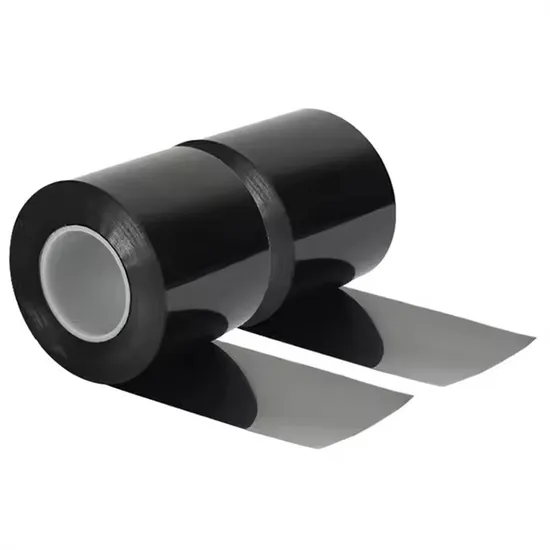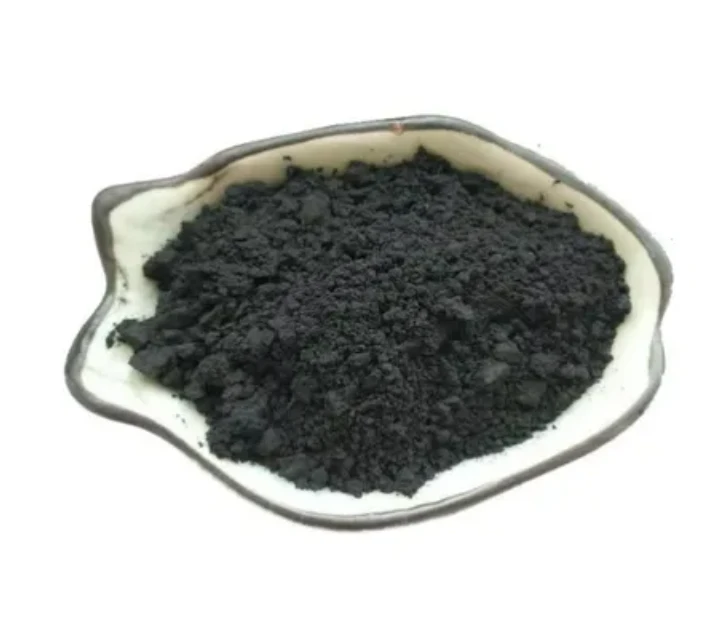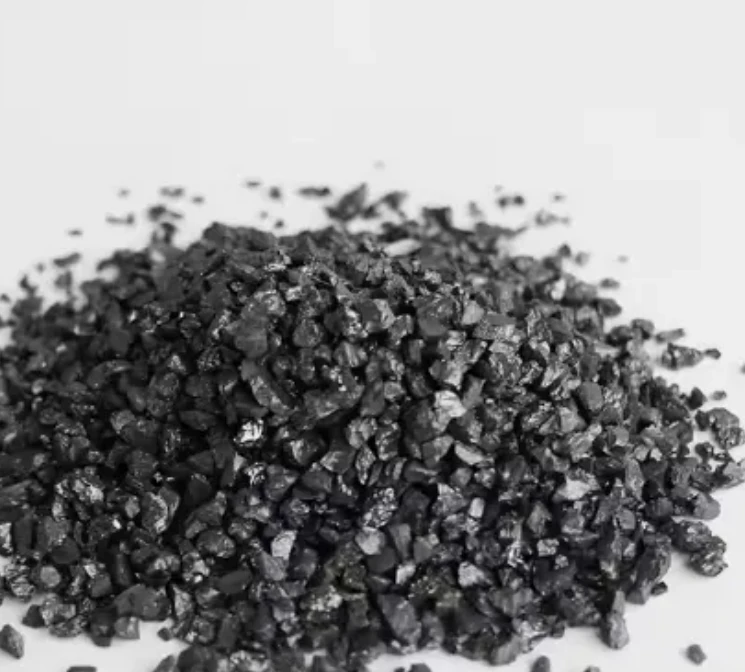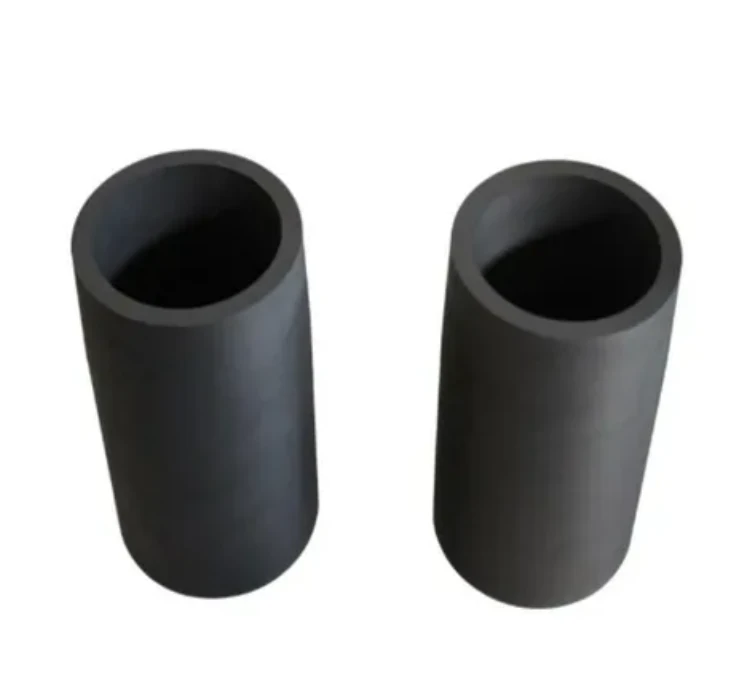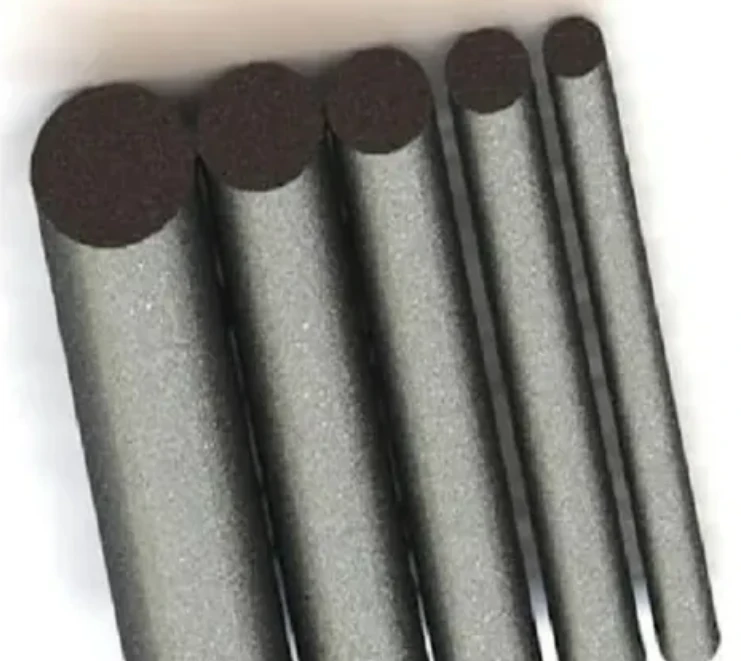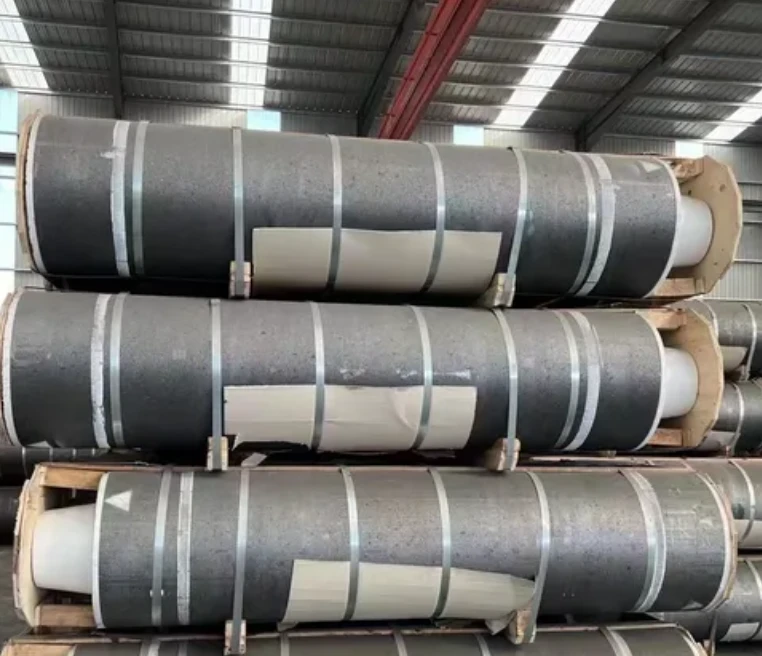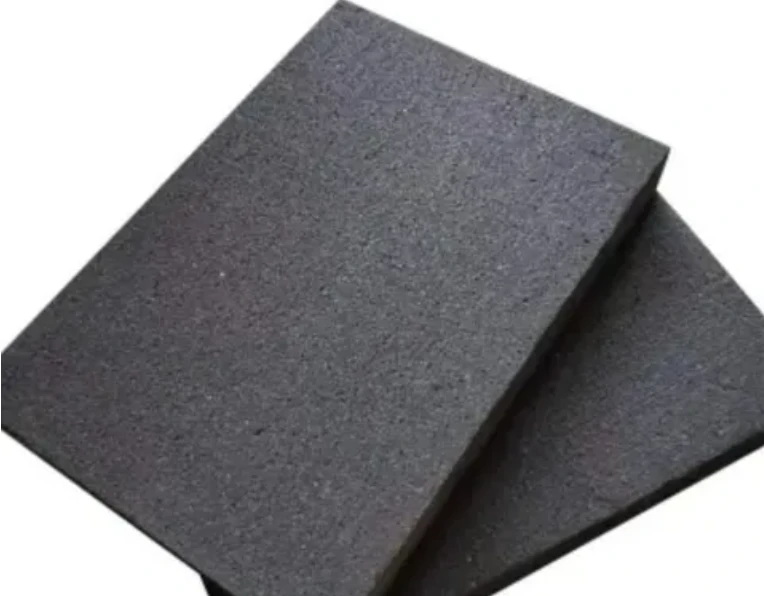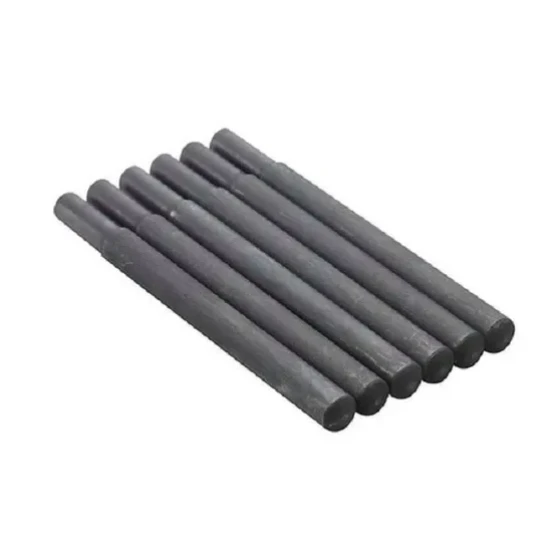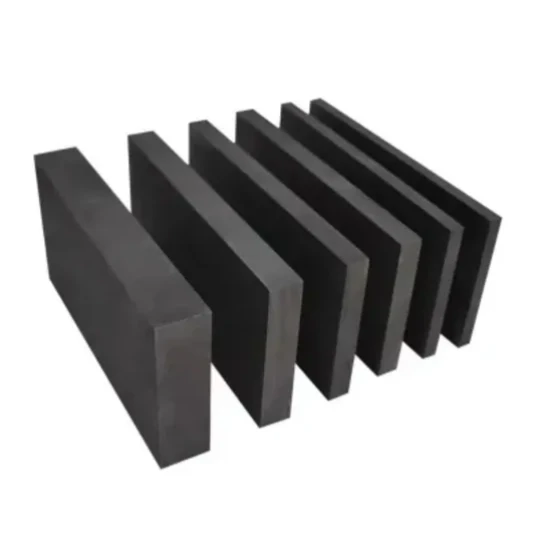- Englist


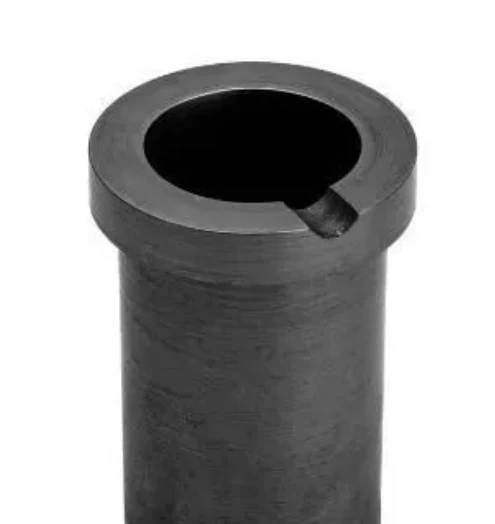
- The Critical Role of Graphite Crucibles in High-Temperature Industries
- Technical Advantages Defining Modern Crucible Performance
- Comparative Analysis of Leading Graphite Crucible Manufacturers
- Inside a Graphite Crucibles Factory: Precision Manufacturing
- Bespoke Solutions from Crucible Exporters
- Industry-Specific Applications and Case Studies
- Selecting a Reliable Graphite Crucibles Exporter for Global Operations

(graphite crucibles)
The Critical Role of Graphite Crucibles in High-Temperature Industries
Industrial processes requiring extreme heat treatment depend fundamentally on specialized containment solutions. Modern graphite crucibles
withstand temperatures exceeding 2,000°C while maintaining structural integrity – a key reason 78% of precious metal foundries now utilize graphite instead of traditional ceramic alternatives. These vessels facilitate cleaner alloy production with less than 0.5% material contamination, significantly improving yield quality across gold, silver, and platinum processing. As semiconductor manufacturing grows at 6.8% CAGR, demand for ultra-pure versions has increased correspondingly by 14% annually since 2020.
Superior thermal conductivity – typically 100-120 W/(m·K) – enables precise temperature control during continuous casting operations. Crucibles now last 3-5x longer than earlier generations due to density improvements up to 1.85 g/cm³, directly decreasing furnace downtime. This durability explains why aerospace manufacturers report 18% lower production costs after switching to premium-grade graphite vessels.
Technical Advantages Defining Modern Crucible Performance
Material science innovations have dramatically enhanced crucible capabilities. Modern high-density variants offer oxidation resistance up to 600°C without protective coatings, increasing service life by minimum 40%. Advanced pore-blocking techniques reduce metal infiltration by 92% compared to standard models, preserving crucible integrity across multiple thermal cycles. Industry leaders now guarantee consistent performance through 300+ thermal cycles for most applications.
Recent developments include composite formulations blending graphite with silicon carbide, boosting fracture resistance by 35% while maintaining 98% thermal shock resistance. Crucibles engineered for vacuum environments incorporate 99.999% pure carbon, reducing contamination risks during sensitive processes like monocrystal growth. Manufacturers validate performance through rigorous protocols including CT scans for micro-crack detection and automated ultrasonic wall thickness mapping.
Comparative Analysis of Leading Graphite Crucible Manufacturers
| Manufacturer | Maximum Temperature Rating (°C) | Density (g/cm³) | Thermal Shock Cycles | Customization Depth |
|---|---|---|---|---|
| Global Carbons Group | 2,450 | 1.82 | 450 | Full dimensional/chemical modification |
| Advanced Crucible Systems | 2,300 | 1.78 | 320 | Pre-treatment coatings only |
| Precision Graphite Solutions | 2,500 | 1.85 | 500 | Joint development projects |
ASTM C-1171 standard testing protocol
Inside a Graphite Crucibles Factory: Precision Manufacturing
Leading factories implement closed-loop production systems where raw materials undergo eight purification stages before forming. Controlled atmosphere graphitization furnaces operate at 2,800°C for 14-21 days, transforming amorphous carbon into crystalline structures with anisotropic properties. Post-processing includes CNC machining achieving ±0.05mm dimensional accuracy, critical for automated foundry systems.
ISO 9001-certified facilities conduct quality checks at four process stages, with final validation including helium permeability testing and 3D cavity scanning. Through integrated production, vertically integrated facilities reduce lead times from industry-standard 16 weeks to just 28 days. Traceability systems assign unique QR codes to each crucible, documenting complete manufacturing history from raw carbon source to final inspection.
Bespoke Solutions from Crucible Exporters
Specialized exporters collaborate with clients to engineer application-specific solutions. Common modifications include:
- Wall Reinforcement - Doubled thickness sections for slag-prone processes
- Hybrid Composites - Gradient layers balancing conductivity and erosion resistance
- Integrated Preheating - Built-in resistive circuits reducing thermal stress
For semiconductor applications, exporters developed proprietary anti-static coatings reducing particulate adhesion by 87%. Crucibles destined for zinc recycling feature zirconium-infused surfaces resisting acid corrosion. Aerospace manufacturers partner with exporters to co-develop lightweight crucibles with enhanced heat distribution, reducing titanium melt time by 27%.
Industry-Specific Applications and Case Studies
Customized crucibles resolve unique material challenges. Solar panel manufacturers leverage ultra-high-purity crucibles yielding 99.9999% polysilicon with just 0.01 ppb metallic contaminants. This contributed to REC Solar achieving 24.3% panel efficiency – an industry benchmark. Similarly, jet engine foundries utilize thermal-shock-resistant designs that reduce titanium aluminide solidification defects by 64% compared to conventional vessels.
A prominent jewelry manufacturer reduced gold losses by implementing custom platinum-lined crucibles with optimized spout geometry. Total precious metal recovery increased 8.5% annually, translating to $2.3M saved across three production lines. Likewise, a zinc recycler using composite crucibles decreased crucible consumption from 15 to 4 units per month while extending campaign runs 200%.
Selecting a Reliable Graphite Crucibles Exporter for Global Operations
Partnering with established graphite crucible exporters ensures consistent quality and supply chain stability. Leading export specialists maintain regional warehouses holding 3+ months of buffer stock, guaranteeing replacement crucibles within 72 hours worldwide. Comprehensive support includes process simulation services identifying optimal configurations before ordering – our analysis reduced thermal stresses by 41% for a German superalloy producer through optimized taper angles.
Dependable exporters provide materials certifications including CTE data sheets and impurity analyses for every production batch. Their technical teams maintain documentation libraries covering over 2,000 alloy-crucible combinations. Clients report 25% fewer process interruptions by establishing such partnerships, with comprehensive maintenance programs maximizing crucible lifecycle across aggressive operating environments.

(graphite crucibles)
FAQS on graphite crucibles
Q: What are graphite crucibles?
A: Graphite crucibles are high-temperature containers made from graphite material, ideal for melting metals like gold or aluminum due to their thermal resistance and chemical inertness. They offer durability in metallurgical, alloying, and lab applications. Their design supports efficient heat distribution for consistent performance.
Q: How to choose graphite crucibles manufacturers?
A: Select graphite crucibles manufacturers by verifying their certifications, such as ISO standards, and experience in high-purity production. Check for custom options and global delivery capabilities. Prioritize companies with strong industry feedback for reliable and cost-effective solutions.
Q: What defines a quality graphite crucibles factory?
A: A top graphite crucibles factory uses automated machinery to ensure precision and minimizes impurities in production. It implements rigorous quality testing to guarantee crucible longevity. Facilities with skilled teams offer scalable outputs, reducing waste and costs.
Q: Why work with graphite crucibles exporters?
A: Graphite crucibles exporters provide expertise in global logistics and regulatory compliance for international shipping. They ensure competitive pricing and timely distribution, expanding market access. This partnership guarantees quality control in cross-border transactions.
Q: What industries use graphite crucibles commonly?
A: Graphite crucibles serve industries like metallurgy for melting metals, jewelry for crafting alloys, and chemical sectors for reaction vessels. They handle extreme temperatures safely in foundries and research labs. Exporters and manufacturers supply them for niche applications worldwide.





 Pervious
Pervious
 Next
Next
